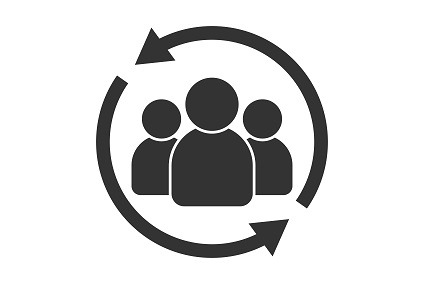Yesterday (15 April 2020) the Treasury issued a Direction on the Coronavirus Job Retention Scheme. A “direction” sets out the details of the scheme. It explains its purpose, qualifying employers and costs, furloughed employees, expenditure to be reimbursed and duration of the scheme.
Although there has been significant government guidance published since the launch of the CJRS on 20 March 2020, the Treasury Direction clarified several key areas, highlighted below.
| Section
Reference |
Treasury Directionre Schedule for Coronavirus Job Retention Scheme |
| 3.2 | The employer must have a PAYE scheme registered on HMRC’s RTI PAYE on 19 March 2020
Note: Change of date from 28 February 2020 to 19 March 2020 |
| 6.1(a) | Furloughed employees have to have been instructed by the employer to cease all work in relation to their employment, for at least 21 calendar days as a result of coronavirus
Note: It is now clear that employees did not have to be at risk of redundancy to be eligible for furlough – circumstances as a result of Coronavirus are sufficient grounds |
| 6.6 | Work undertaken by a director of a company to fulfil a duty or other obligation arising by or under an Act of Parliament relating to the filing of company accounts or provision of other information relating to the administration of the director’s company must be disregarded for the purposes of paragraph 6.1(a)
Note: Furloughed employees cannot work, with the exception of statutory directors. The interpretation of fulfilling statutory duties is very narrow |
| 6.7 | An employee has been instructed by the employer to cease all work in relation to their employment only if the employer and employee have agreed in writing (which may be in an electronic form such as an email) that the employee will cease all work in relation to their employment
Action required: Make sure you have received written agreements from all furloughed staff on record |
| 7 & 8 | Sections 7 & 8 cover qualifying costs of employment and expenditure employers may claim for reimbursement.
Action: review this guidance to calculate what can be claimed and, if necessary, take advice before submitting your claim |
Further information:
New starter furlough. Although the date to have been included on an RTI submission has been changed from 28 February to 19 March, unless your new starter is paid weekly or fortnightly or you run your payroll early in the month, this change will not benefit you.
Furlough leave and annual leave. There is nothing in the Treasury Direction which clarifies the interaction between furlough leave and annual leave. To date we cannot say whether those on furlough can take annual leave, whether it breaks the furlough period and if it can be taken, at what rate it should be paid.
Redundancy Consultation. The CBI have been pushing for at least 45 days’ notice of the end of the CJRS scheme to be given. This is primarily to allow legal collective consultation requirements to be met, before the end of CJRS which is scheduled to be at the end of May. For employers contemplating over 100 redundancies the consultation period is 45 days. For those contemplating between 20 and 99, it is a 30-day period.
Action: If you believe you may not be able to afford to continue to employ furloughed employees at the end of CJRS – currently 31 May 2020 but may be extended – take advice on consultation requirements for any possible redundancies.
Second Jobs/New job whilst furloughed. Any employees with second jobs can be furloughed in either or both. The furlough scheme and cap apply separately to each.
Initially, it was thought that furloughed employees could not get a new job whilst furloughed from their original employer. This is now expressly permitted under the scheme as long as the employment contract allows the employee to work elsewhere, or the employer and employee agree that now.
The public policy at play behind this is to encourage furloughed workers who are well and able to take up the temporary roles that are available in other industries (such as supermarkets and farming) to assist with the response to the current crisis.
For any employer that takes on a new employee, the new employer should ensure they complete the starter checklist form correctly. If the employee is furloughed from another employment, they should complete Statement C.
This update is correct as at 16 April 2020. The guidance is generic in nature and you should take no action based upon it without first consulting your professional advisor.

